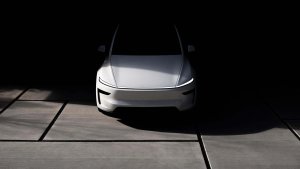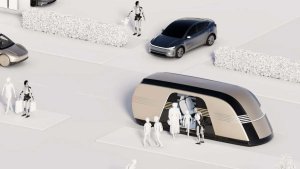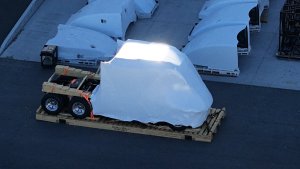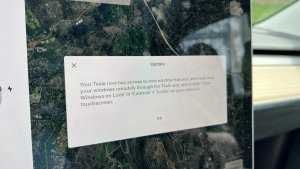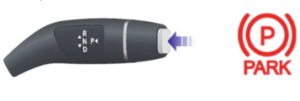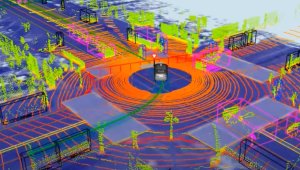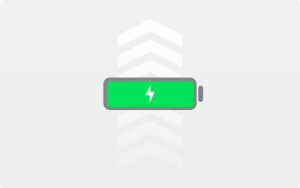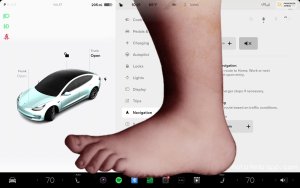Exclusive: Tesla's Model 3, Project Highland Exposed: What’s Changing
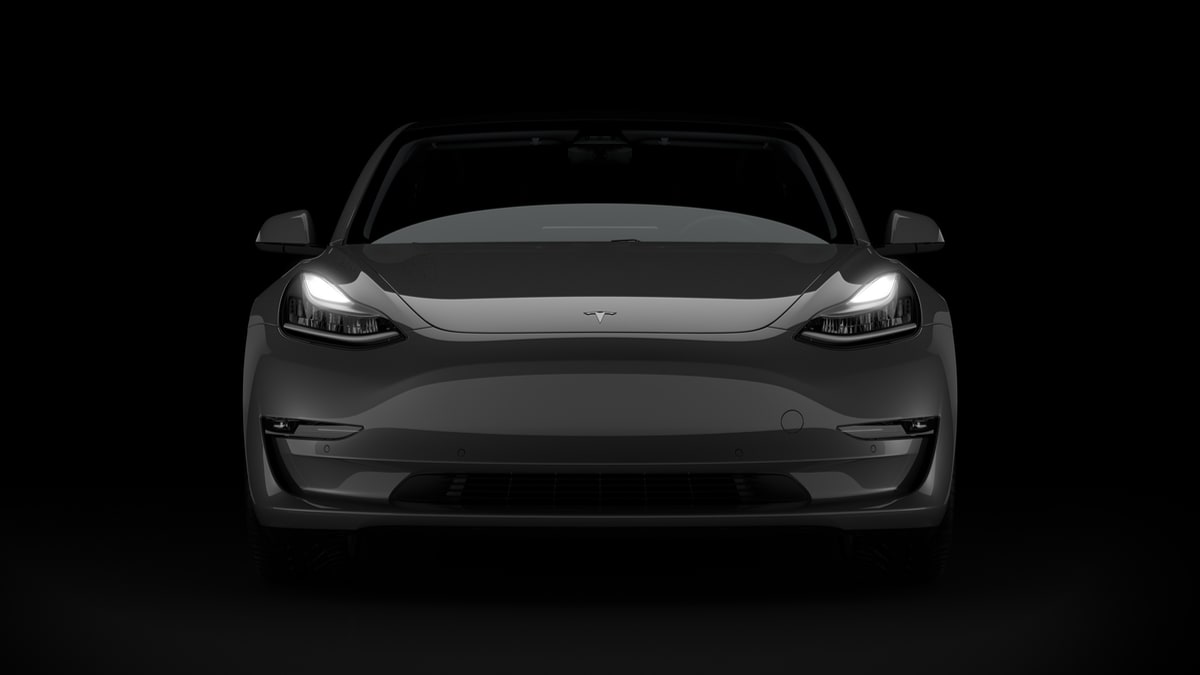
Tesla has been working on a revamp of one of its most popular vehicles, the Model 3. The project is codenamed Project Highland and the vehicle will see the most profound changes since it launched in 2017.
Despite Tesla keeping the car under wraps for months, we now have early information on the major changes coming to the best-selling electric vehicle of all time. Thanks to a trusted insider, we can confirm and provide more information about Tesla's plans for the car. Inside and out, the Highland will change.
Redesigned Headlights
Caped Model 3s have been spotted with the front bumper, rear end and dash covered. However, more recently the incognito Model 3 also had its headlights covered. The headlight openings that were clear before were now covered in what appeared to be duct tape. Turns out there is a good reason for this. The Model 3 revamp will include redesigned headlights. The new headlights will be a different shape than they are today. Tesla has been providing some models with matrix headlights, but they have yet to be enabled through software yet. Tesla will continue to offer matrix headlights through this redesign, although it's not clear whether they'll be enabled at launch either.
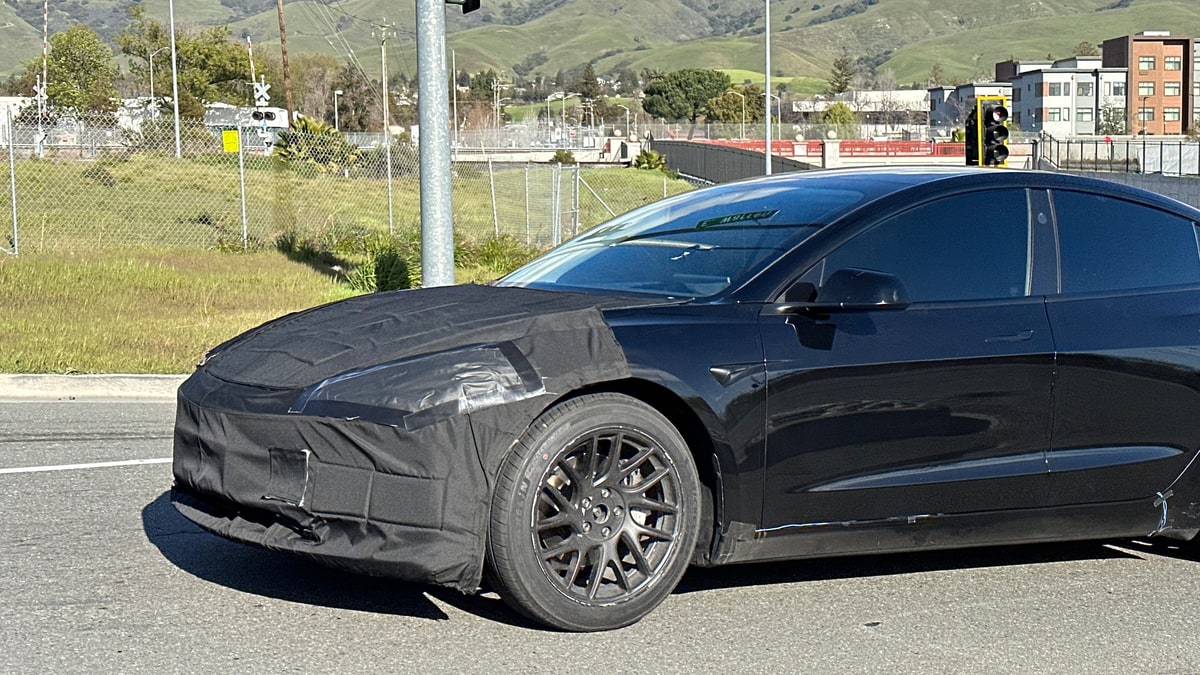
Bumper Camera
A new shape of headlights also means a new front bumper. There has been a lot of speculation that the front of the car is changing after recent images show a smoother front end. Tesla is always looking for more aerodynamics to improve the drag coefficient. However, there's another good reason for redesigning a new front bumper. The front bumper will now house a single camera in the center area of the lower-vent area of the bumper.
The location of the new camera will be very similar to the one shown off on the Cybertruck at Tesla's Investor Day.
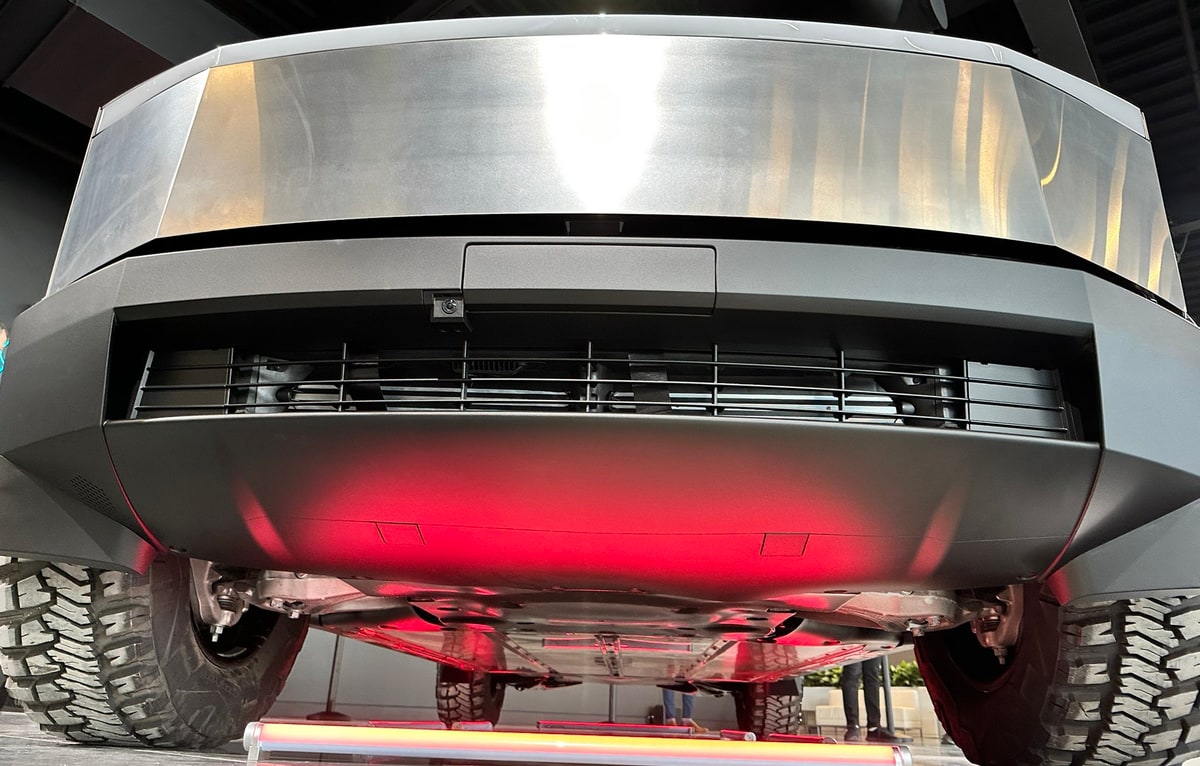
Since the company removed USS, people have been wondering how the car will detect objects in what's considered a camera blind spot directly in front of the vehicle. Now we know.
Rear Bumper
The rear bumper of the vehicle is also being redesigned, although it's not clear why. We don't expect the rear camera to change position and there won't be additional cameras in the rear of the vehicle. The new rear bumper could just be to 'refresh' the car or may have cost-saving measures.
Mirrors
Updated mirrors are also joining the party. We're told that they will receive a very minor 'refresh' and will look very similar to the way they do today. It's not clear whether Tesla is changing them to match other areas of the vehicle better or to streamline manufacturing, but we've been told to expect a minor change.
Additional Cameras
Tesla recently launched hardware 4.0 on Model S and Model X cars, although many were surprised to learn that the new vehicles feature the same number of cameras as HW 3 vehicles, when hardware 4 allows for more cameras. This is where Project Highland comes in.
We can now say that more cameras will indeed be used in Project Highland. There will be three new cameras in all, one in the center of the front bumper as we discussed earlier, and two more on the sides of the vehicle.
The fender camera housing will now contain two cameras each. One will face backward as it does now, while the other will point in the other direction. It's not clear how the new camera will be oriented, but we speculate that they will be aimed off to the side to give the car a better view at certain intersections.
Some road junctions have objects such as buildings or bushes that can make it difficult for the vehicle to see with its B-pillar cameras. This often causes the vehicle to creep forward in order to gain enough visibility to proceed. Creeping too far forward sometimes causes the vehicle to be in a poor situation, where it has entered the path of other vehicles. These new cameras are likely aimed at solving this problem.
As previously reported, the repeater camera housing on the front fenders appears to be changing. It now appears to include a line that goes further back than the original. This could be part of the new design.
Project Highland will ship with Tesla's latest supercomputer, Hardware 4. The cameras themselves are expected to be the same cameras featured on HW4 Model S and Model X vehicles. They're estimated to be 5-megapixel cameras with an anti-glare coating. These cameras are significantly more advanced than the current 1.2-megapixel cameras in current HW 3 vehicles.
With the new front bumper cameras and the two additional side cameras, Tesla may now have everything it needs in order to provide a real birds-eye view that is often seen in many vehicles.
Sensors
In order to cut costs, Tesla is removing the vehicle's temperature sensor that is used to detect the temperature outside of the vehicle. Instead of using a temperature sensor, the vehicle will determine the exterior temperature based on its GPS location and weather data. This could lead to more accurate temperatures being displayed, as wind or other environmental factors can sometimes cause inaccuracies. However, owners will lose the ability to view the temperature in their immediate location, such as their garage.
Tesla is also making improvements to its GPS module which is expected to provide a more accurate location. In August 2022, Tesla applied for a patent on a multi-band Global Navigation Satellite System (GNSS) antenna. Various types of satellites and networks can be used to identify an object's location. GPS is just one of those networks. This new system allows Tesla to use other networks, besides GPS, in order to identify the vehicle's location. This could lead to faster location detection or higher precision.
Interior
Inside the vehicle, there will be some changes as well. However, don't expect a major refresh as we saw with the 2021 Model S, but it will still be noticeable. The wood trim is being removed and replaced with a fabric finish, possibly Alcantara fabric that Tesla already uses in the Model S and X.
The vehicle's dash will also receive a facelift, but we weren't given any details on what's changing with it. Again, this could be a way to simplify the manufacturing process instead of offering something new and improved.
There may be other interior changes, but these are expected to be the two bigger differences. We've been told that this refresh will be 'minor' and focuses on cost-cutting, however, it appears that Tesla is taking the time to upgrade the vehicle to its newest hardware and introduce new cameras, which will certainly be a highlight of the vehicle.
The Model Y project, codenamed Juniper is already underway as well, although it's expected to arrive after the Model 3 revamp. We expect the Model Y to undergo many of the same changes that we've outlined here.
Release Date
Overall, the Model 3 Highland's updates show that Tesla is always looking for ways to improve its vehicles and stay ahead of the competition. As is the nature of these things, some items could be subject to change. With these changes, the Model 3 will continue its success as one of the most popular electric vehicles on the market. Production for the vehicle is expected to start in the third quarter.












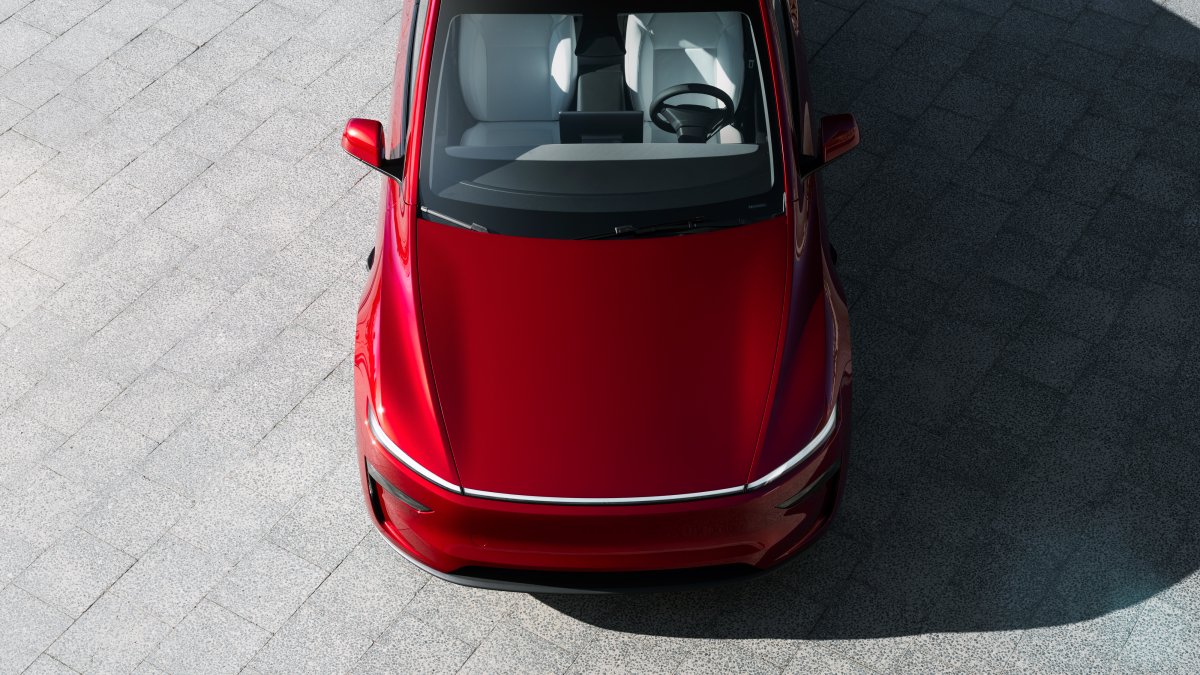
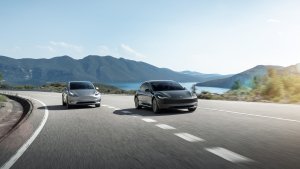


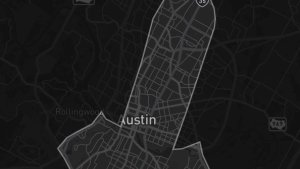
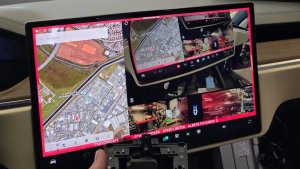
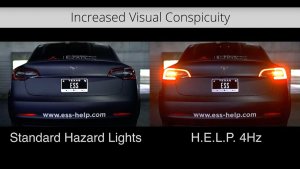
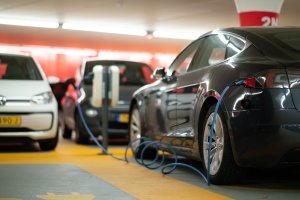

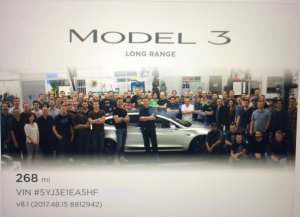
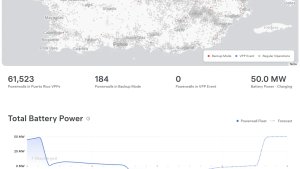
![Tesla Software Update 2025.26: Grok, Light Sync, Audio Presets and More [VIDEO]](https://www.notateslaapp.com/img/containers/article_images/tesla-update/light-sync-update.jpeg/e84ab2f1fe12f493a75927db105a9586/light-sync-update.jpg)
